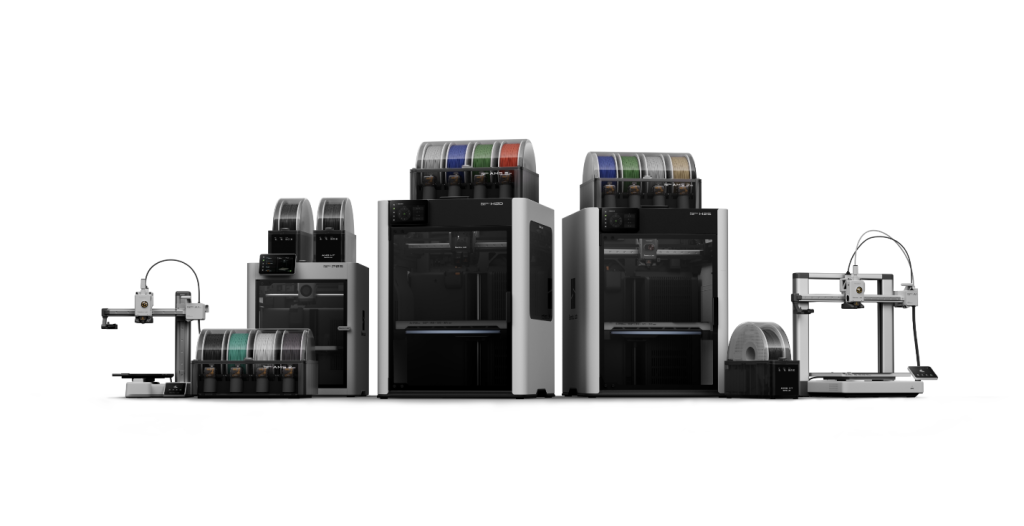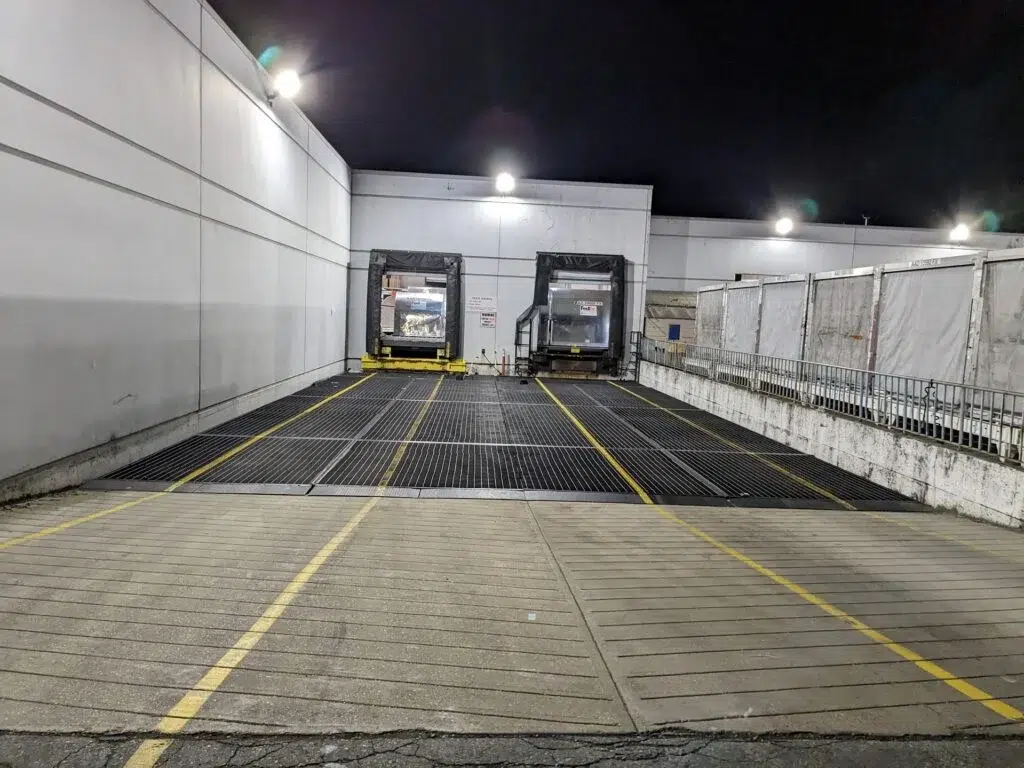Pest infestations in the food industry are problematic and a direct threat to consumer health and safety. Failing to address pest infestations can result in costly fines and even the closure of a business.
This is why ensuring a pest-free environment is crucial. In addition to avoiding legal issues, taking pest control seriously also fosters consumer trust in your products.
Throughout this guide, we’ll break down the essential strategies for keeping floors and ducts clean, discuss the common pests found in food facilities, and introduce innovative solutions for smart pest control.
The Role of Clean Floors and Ducts in Pest Control
Keeping your facility clean should go beyond simple surface cleaning and basic upkeep. As a responsible business owner, you must also prioritize the cleanliness of often-overlooked areas like floors and ducts.
After all, pest control and food safety go hand in hand—neglecting areas like floors and ducts can create the ideal conditions for pests to thrive. Common pests found in food facilities typically include:
- Rodents: Rodents are notorious for destroying equipment and multiplying quickly. They typically settle in moist spaces and prefer environments where food sources are abundant. The dark, hidden corners within these ducts give rodents an ideal space to hide and travel, often unnoticed.
- Cockroaches: Like rodents, cockroaches thrive in moist areas where food is present. Failing to address a cockroach infestation immediately can contimate food and surfaces, as these pests can carry harmful bacteria and allergens.
- Flies: Flies, particularly fruit flies and drain flies, are drawn to decaying organic material and moisture. When ducts are left uncleaned, food waste or spills can create a breeding site that attracts these pests.
- Ants: Ants are opportunistic feeders and will forage for food crumbs, which are frequently found on floors. Ducts can also serve as pathways for ants to enter food storage areas.
- Stored Product Pests (Beetles, Moths, and Weevils): These pests feed on dried food products and grains, which may spill on the floor and accumulate in the corners of your facility.
Effective Strategies for Keeping Floors and Ducts Clean and Pest-Free

The foundation of effective pest control in food manufacturing is maintaining a clean space, particularly floors and ducts. Pests seek out places with easy access to food, moisture, and hiding spots. By sticking to a consistent cleaning and maintenance routine, you’ll significantly reduce the chances of a pest infestation from taking over your facility.
How to Build a Consistent Floor Maintenance Routine:
- Daily Sweeping and Mopping: Start with daily sweeping and mopping to remove visible debris, food particles, and spills. This prevents pests from being attracted to food sources and ensures a hygienic environment.
- Weekly Deep Cleaning: When doing weekly deep cleaning, make sure to use industrial-grade cleaning products and focus on cleaning beyond the surface by targeting high-risk areas like corners, behind equipment, and under shelving units.
- Monthly Floor Inspections: Depending on the type of flooring your warehouse has, some floors tend to trap dirt and moisture. Damaged floors can especially create pockets where food debris and liquid accumulate. Regularly checking your floors help catch these issues early.
- Employee Involvement and Training: Ensure that your employees are trained on the importance of cleanliness and how to properly clean and maintain floors. Regularly remind them to address spills and crumbs immediately.
- Proper Waste Disposal: Improper waste disposal typically attracts more pests as it typically includes discarded food. Make sure to dispose of your waste promptly and correctly, and seal the bins tightly.
Easy Duct Cleaning and Maintenance Tips
- Inspect Ducts Regularly: Conduct monthly inspections of your ducts to check for dust, debris, or any signs of pests. Early detection helps to address problems before they escalate.
- Change Air Filters Frequently: Replace your air filters regularly to keep the air flowing cleanly and prevent dust and dirt buildup in the ducts. A clogged filter can reduce airflow and increase the risk of pest entry.
- Seal Leaks and Gaps: Ensure that all ducts are properly sealed, especially in areas prone to moisture. Gaps or leaks in ducts can invite pests and moisture, creating ideal conditions for infestations.
- Schedule Professional Duct Cleaning: At least once a year, hire a professional to deep-clean your ducts. They can remove built-up dust and debris that may be difficult to access and ensure the system is free from pests.
- Ensure Proper Ventilation: Make sure that your HVAC system is well-ventilated. A lack of airflow can lead to moisture accumulation, which attracts pests like cockroaches and mold.
Effective Strategies for Integrating Smart Pest Control in Food Warehouses

In addition to maintaining your floors and HVAC systems, integrating effective strategies for smart pest control in food warehouses can significantly enhance pest prevention efforts. Here are some ways you can proactively protect your facility as a business owner:
- Install Smart Sensors: Implement sensors throughout your warehouse to monitor temperature, humidity, and potential pest activity. These sensors can provide real-time alerts, helping you identify problems before they escalate.
- Use Automated Pest Traps: Set up automated traps that capture pests such as rodents or insects. These traps can be monitored remotely, ensuring you’re alerted immediately when pests are detected.
- Conduct Regular Inspections: While modern technology can offer continuous monitoring, human inspections are still essential. Schedule regular pest control inspections to check for any signs of infestations and ensure your technology is working as intended.
- Train Your Employees: Equip your staff with knowledge of pest control best practices, including cleaning protocols and how to recognize the early signs of an infestation. The more informed your team is, the more effective your pest prevention efforts will be.
If your warehouse is experiencing an active infestation, do not delay contacting professionals who handle warehouse pest issues. Pests can multiply in an incredibly fast pace, waiting for the infestation to get worse can cause significant damage to good, equipment, and infrastructure.
Professional pest control specialists have the tools, expertise, and technology to accurately identify the type of infestation, implement effective eradication methods, and advise on long-term prevention strategies. With eco-friendly pest control solutions, you can protect your business while minimizing environmental impact. Quick intervention can save your business from escalating issues such as product contamination, health risks, and compliance violations.
Key Takeaways
For food manufacturers, pest control is far more than just a regulatory necessity—it’s essential for maintaining the safety and integrity of your products. By focusing on consistently clean floors and ducts, alongside integrating smart pest control systems, your food warehouse can stay pest-free, compliant, and efficient.
When you take the right preventative measures, you not only reduce the risk of infestations but also safeguard your business from costly interruptions and preserve consumer confidence in your brand.











